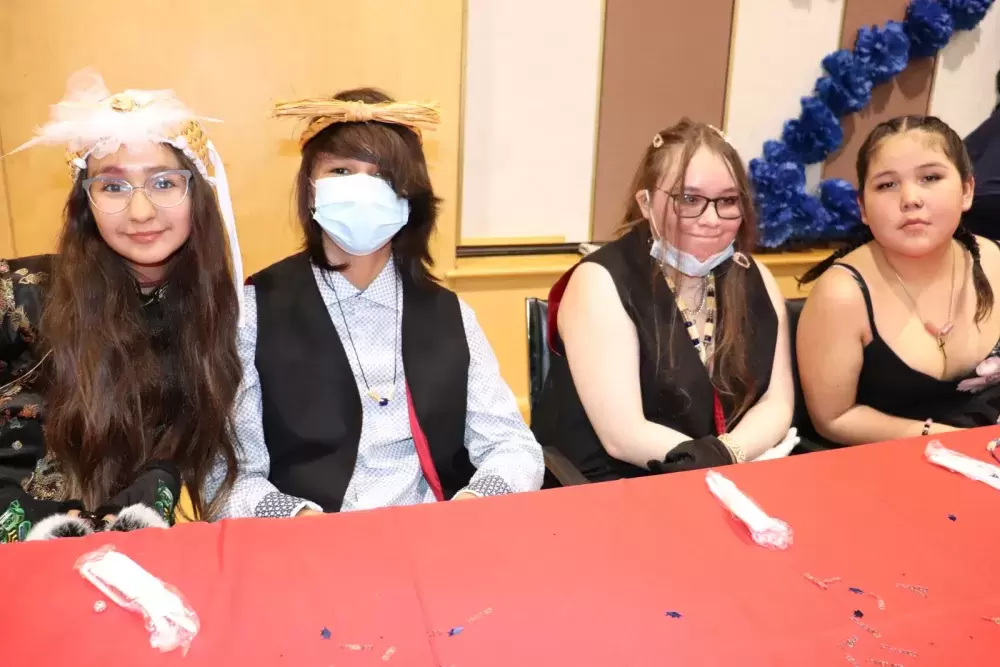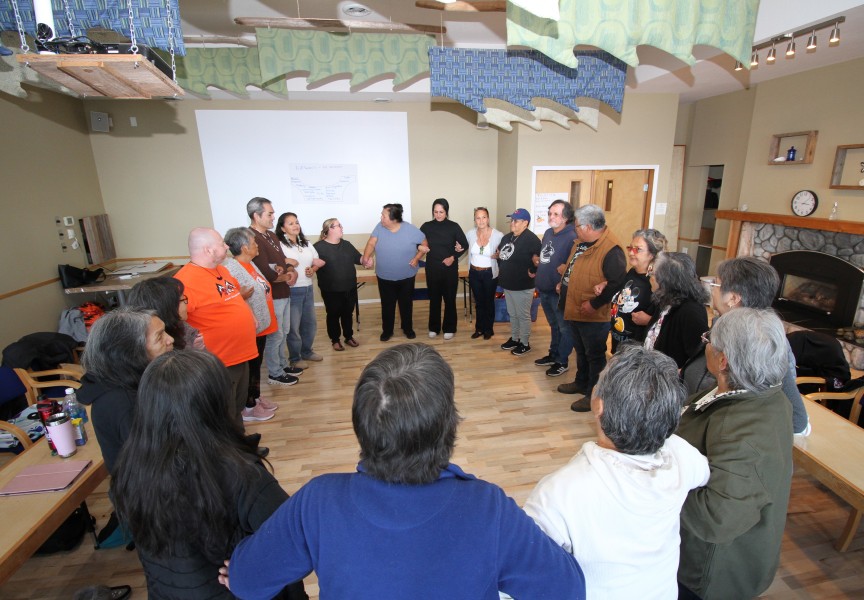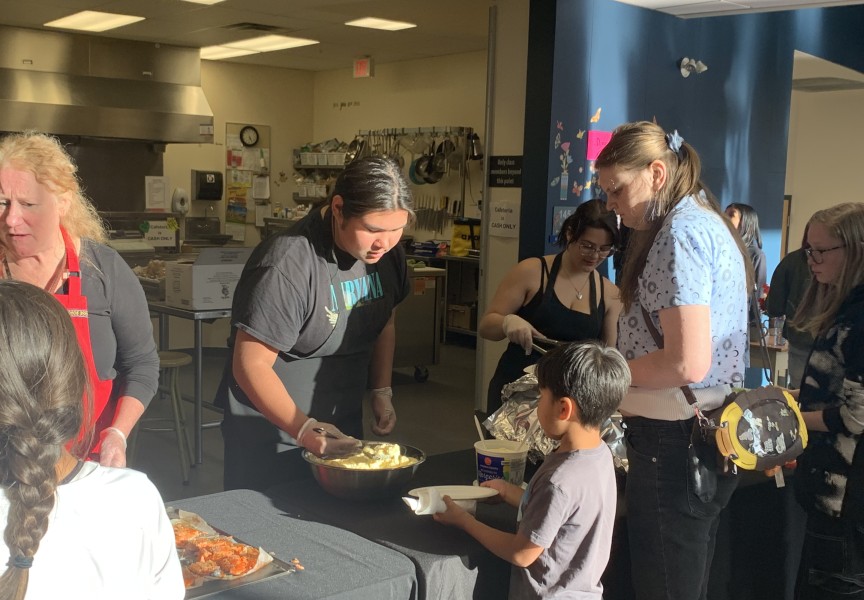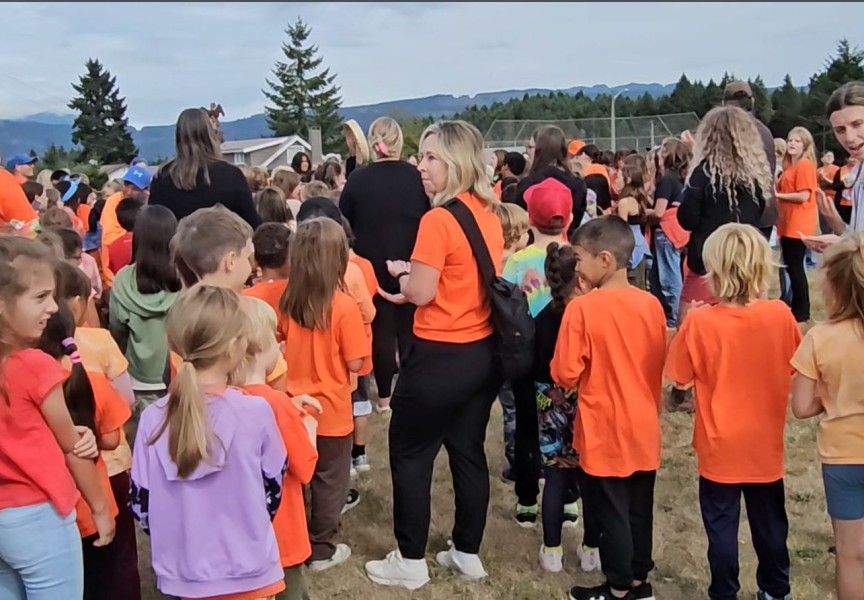It has now been nearly two and a half years since the beginning of the COVID-19 pandemic, and while life for many has been returning to a sense of normalcy, the novel coronavirus is very much still around. And with the 2022-2023 school year starting on September 6, it’s time for many parents to look at the provincial government’s COVID-19 plan for a return to schools.
In late August the Ministry of Health, the provincial health officer, and the Ministry of Education and Child Care released a joint statement reminding families how to stay healthy by reducing the spread as students get ready to return to school.
“Measures for protecting students and families include staying up to date with all your vaccines, practising health awareness, and staying home when sick, including if you have a fever, cough, rash, diarrhea or vomiting,” they say in the statement.
Notably, mask wearing will remain optional, continuing the decision made following spring break last school year.
“Wearing a mask will continue to be a personal choice, and that choice will be supported and respected. Schools will continue to have masks available for those who want to wear one,” read the joint statement.
The government statement also highlights new guidance for childcare providers, detailing that “[a]s independent organizations, childcare providers are responsible for implementing their own health and safety policies to suit the needs of staff, children and families.” Masks will once again be a matter of personal choice for staff and children.
According to the Public Health Communicable Disease Guidance for K-12 Schools released by the British Columbia Centre for Disease Control (BCCDC), COVID-19 is expected to continue circulating throughout communities across the province, and this will lead to students and staff in K-12 environments being affected.
However, the document also states that transmission within K-12 school settings remains at a minority as far as cases are concerned. It also highlights that due to the high rate of vaccination within the province and treatments available for individuals that are considered high risk, the BCCDC believes that COVID-19 can now be monitored and managed like many other respiratory conditions.
Cleaning protocols are advised to remain the same as they were following the return from spring break last year, with an emphasis put on cleaning high-touch areas frequently and routinely, as well as whenever they appear to be visibly dirty. School gatherings and extracurricular activities are allowed to be held as long as they fall within any other applicable provincial regulations.
The BCCDC also reiterates that individual First Nations have full authority over their schools, and the ability to “make decisions about the operation of First Nations schools in the best interests of their students, schools, and communities. This includes their authority to decide if and how to use this guidance to inform planning and if and how to reopen their schools.”
Also returning are reminders to follow proper hand washing techniques and to use hand sanitizer regularly. For those that are ill, the instructions are simple: “[s]taff, children, or other persons in the school setting who test positive for COVID-19 should follow the guidance on the BCCDC website as to how long they should self-isolate. They can return to school when they no longer need to self-isolate as long as symptoms have improved and they are well enough to participate in regular activities.”







